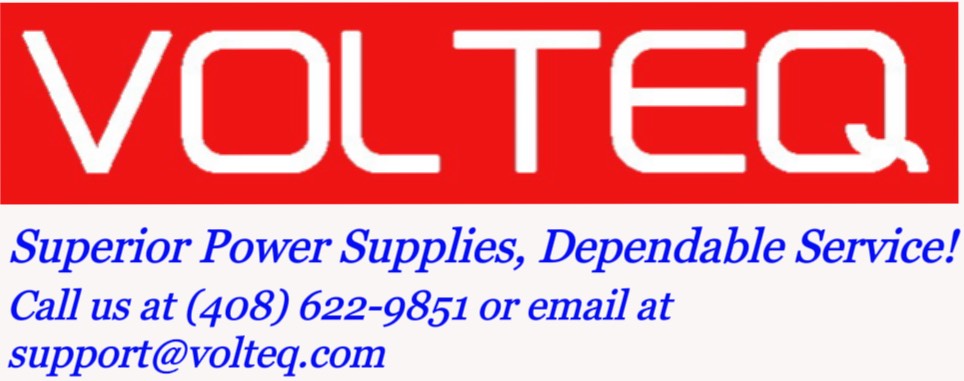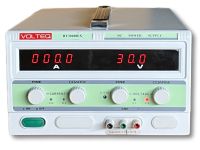FAQs on Selecting the Right Power Supply for Electroplating and Anodizing Applications
What is the role of DC power supplies or rectifiers in electroplating and anodizing processes?
DC power supplies or rectifiers play a crucial role in electroplating and anodizing processes by converting AC power into a stable and controlled DC output. This DC output is essential for driving the electrochemical reactions that deposit metal ions onto a substrate in electroplating or form a protective oxide layer in anodizing.
How do I choose the right DC power supply or rectifier for my specific application?
To choose the right DC power supply or rectifier, consider factors such as your specific application, required voltage and current ratings, cooling method, and control features. It's essential to select a power supply that meets your process requirements and offers reliability, efficiency, and ease of use.
What are the key features to consider when selecting a DC power supply or rectifier for electroplating and anodizing?
Key features to consider when selecting a DC power supply or rectifier include output voltage and current ratings, output waveform (ripple), cooling method (air or water-cooled), control options (manual or automated), and safety features such as overload protection and short circuit protection.
How do I determine the appropriate voltage and current ratings for my DC power supply or rectifier?
To determine the appropriate voltage and current ratings, consider the size of your workpiece, the type of metal being plated or anodized, and the desired thickness of the coating. Generally, higher current densities result in faster deposition rates, while voltage requirements depend on the specific electrochemical reaction taking place.
What are the differences between air-cooled and water-cooled rectifiers, and which one is more suitable for my application?
Air-cooled rectifiers use fans to dissipate heat, while water-cooled rectifiers use a closed-loop water cooling system. Air-cooled rectifiers are typically more suitable for smaller-scale operations or lower power requirements, while water-cooled rectifiers are ideal for larger-scale operations or higher power requirements due to their superior cooling efficiency.
How can I ensure the efficiency and reliability of my DC power supply or rectifier during the electroplating or anodizing process?
To ensure efficiency and reliability, regularly inspect and maintain your DC power supply or rectifier, including checking for loose connections, cleaning cooling components, and monitoring performance. Additionally, choose a high-quality power supply with built-in safety features and a robust design to minimize downtime and maximize productivity.
What are the common maintenance practices and safety precautions to follow when using DC power supplies or rectifiers in surface finishing processes?
Common maintenance practices include regularly inspecting and cleaning cooling components, checking for loose connections, and monitoring performance. Safety precautions involve using proper grounding, following manufacturer guidelines, and ensuring that personnel are trained in the safe operation and maintenance of the equipment.
How can I monitor and control the performance of my DC power supply or rectifier to optimize the quality of my electroplating or anodizing process?
Monitoring and controlling the performance of your DC power supply or rectifier can be achieved through built-in control options, such as digital displays, remote control interfaces, or integration with process control systems. These features allow you to adjust voltage and current settings, monitor performance, and optimize your electroplating or anodizing process for consistent, high-quality results.
What are the latest technological advancements and trends in DC power supplies or rectifiers for the surface finishing industry?
Technological advancements in DC power supplies or rectifiers include increased energy efficiency, improved control options, and enhanced safety features. Trends in the surface finishing industry include the adoption of Industry 4.0 technologies, such as IoT-enabled devices and data-driven process optimization, which can be integrated with modern power supplies for improved process control and monitoring.
How can I calculate the total cost of ownership (TCO) for a DC power supply or rectifier, including factors like energy consumption, maintenance, and lifespan?
To calculate the total cost of ownership (TCO) for a DC power supply or rectifier, consider factors such as initial purchase price, energy consumption, maintenance costs, and equipment lifespan. By selecting a high-quality, energy-efficient power supply with a long service life and low maintenance requirements, you can minimize your TCO and maximize the return on your investment.

